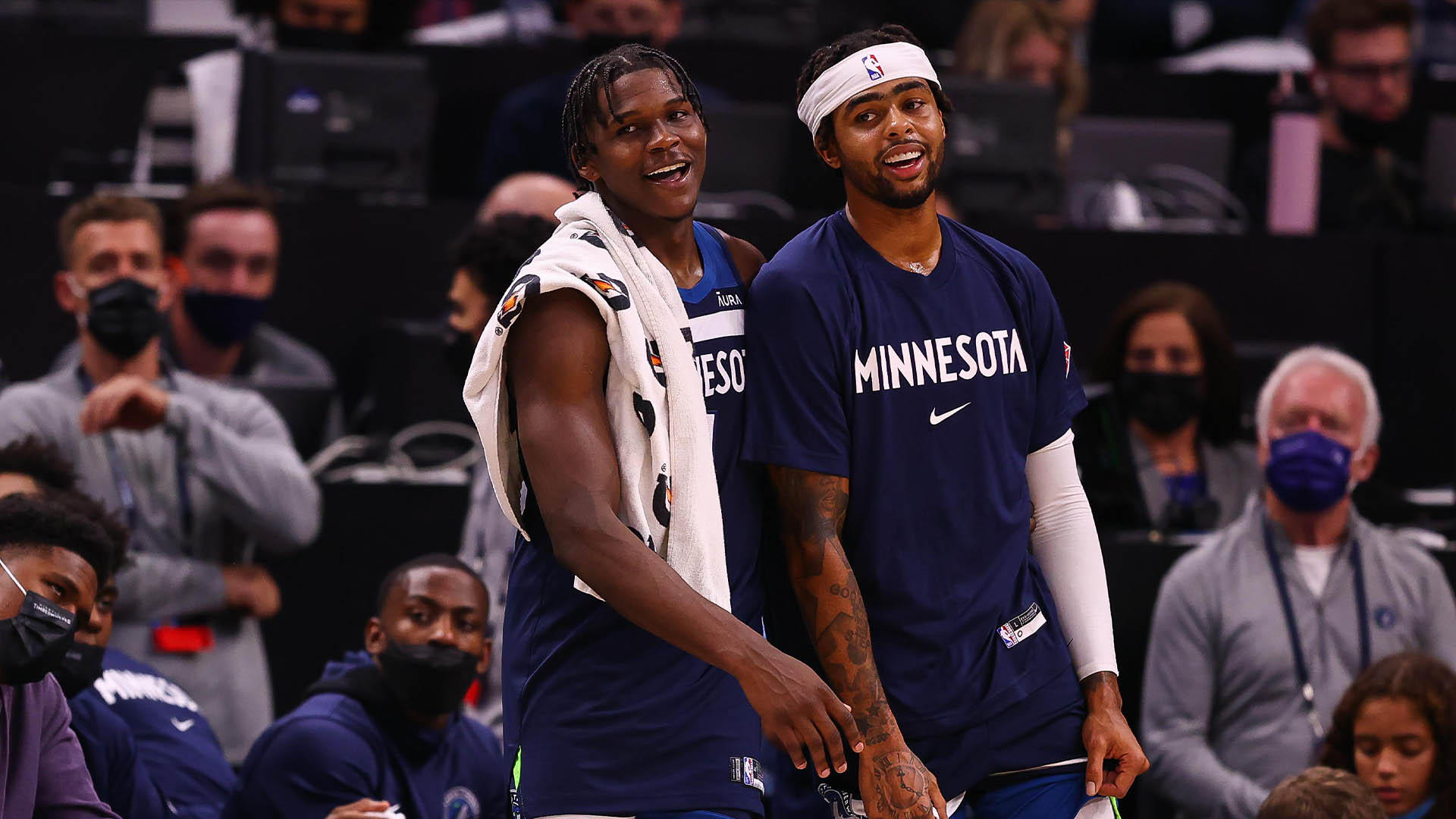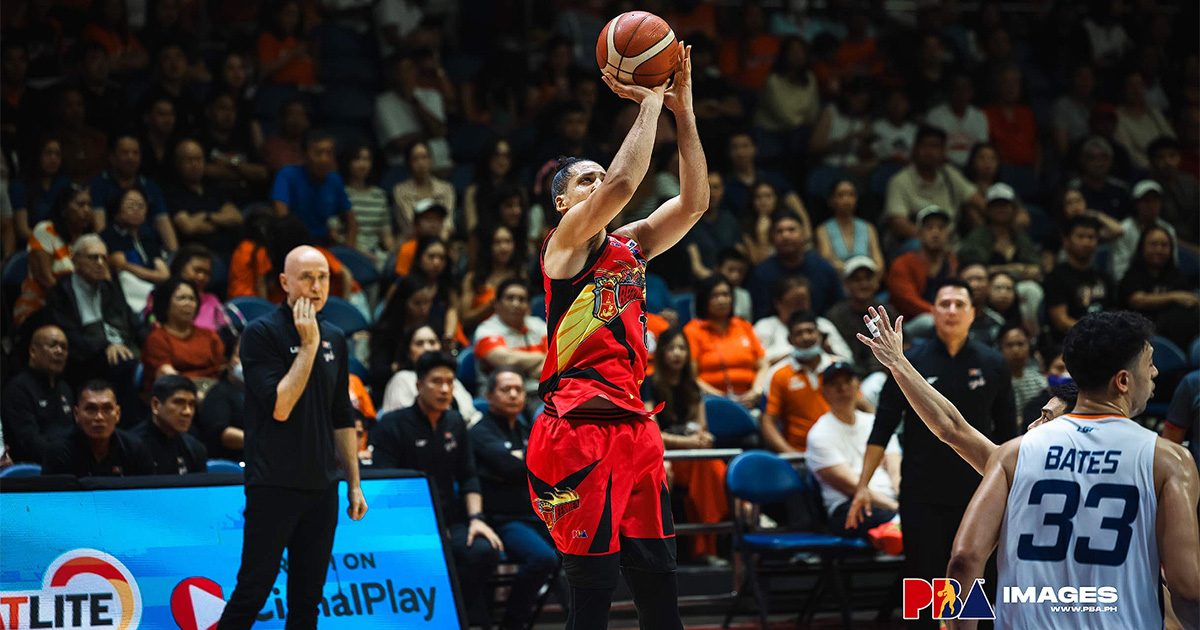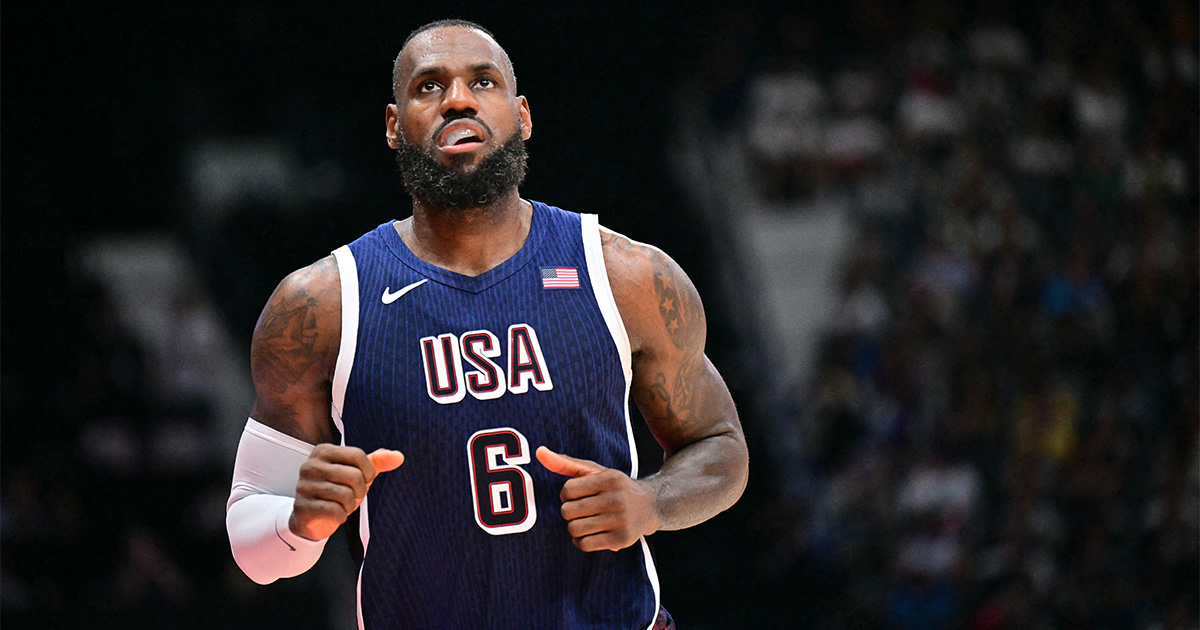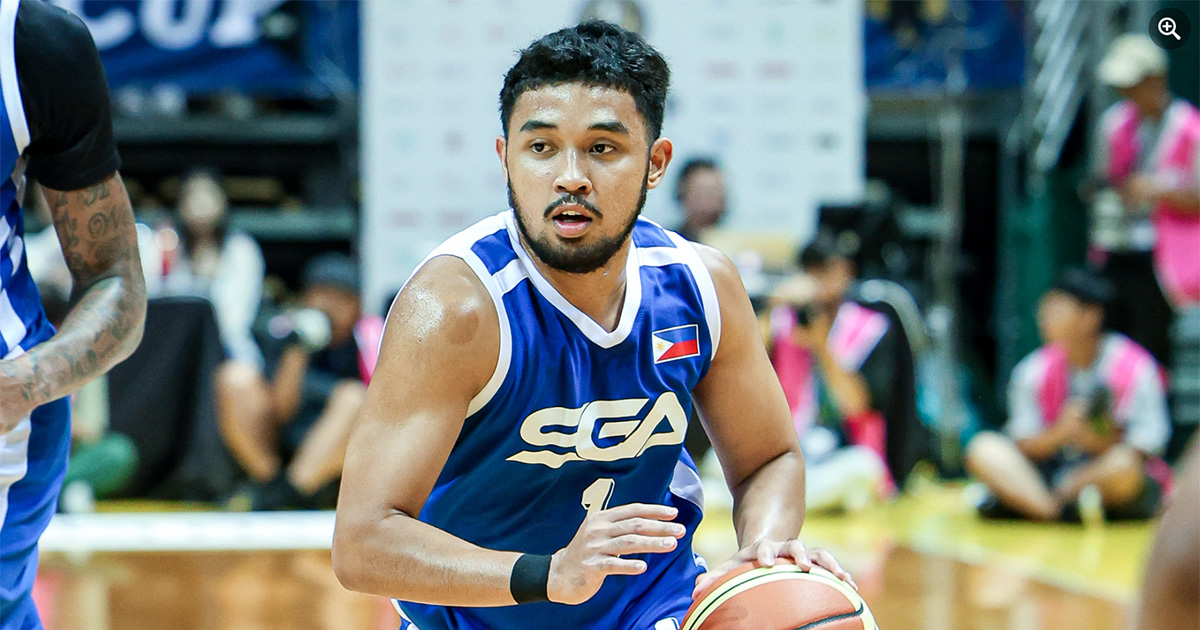The marathonic nature of the NBA season puts a premium on how strong players and teams finish, regardless if it’s during a game, the regular season, or even the playoffs.
It was understandable to see the Minnesota Timberwolves stumble during the early part of their play-in game against the Los Angeles Clippers considering how prior to this season, they only made the playoffs once in nearly two decades. Winning had largely evaded them and the lack of gut-check-time experience was not lost on their franchise center Karl-Anthony Towns, who struggled with his shot and was hounded by foul trouble all game.
All signs pointed to the same narrative again, until Anthony Edwards and D’Angelo Russell took over.
Edwards and Russell combined for 59 points, leading a 15-3 run in the second quarter that brought them back into the game. Both took turns matching Paul George and the Clippers shot-for-shot, but in the end, the combined effort of both Edwards and Russell was enough to hand them arguably their most electric victory in recent memory.
Obviously, the win secures an elusive playoff spot for the Wolves, but the victory was validation for Edwards and Russell.
As the overall top pick in the 2020 NBA Draft, there certainly was pressure for Edwards to contribute immediately, and the former Georgia Bulldog had to overcome a slow start to his rookie season. That largely helped LaMelo Ball overshadow him, but with the passage of time, Edwards has steadily gotten better while also proving that he is a dependable shot maker when the stakes go up.

For his part, Russell has been known to take and make clutch shots, but the expectations of being the second overall pick in the 2015 NBA Draft after Towns was selected by Minnesota were certainly hard to fulfill, especially when the team you play for is the Los Angeles Lakers. After stints with the Brooklyn Nets and the Golden State Warriors, Russell found himself in Minnesota with his good friend KAT.
The arrival of Edwards certainly raised questions for the Wolves backcourt, especially on the defensive end, but defensive schemes introduced by Minnesota head coach Chris Finch and assistant coach Elston Turner certainly helped assuage those concerns. Meanwhile the addition of Patrick Beverley, who was instrumental in the win and clearly elated post-game, added a renewed focus and certainly heightened the intensity on the defensive side of the ball.
There will be certain types of defenders and defenses that will stymie Edwards and Russell, especially in a playoff setup, but it’s not like both are one-trick ponies. Edwards has gotten better with more games under his belt, and the more he plays with Russell, who is more finesse than power (which is more up Edwards’ alley), the more many can see how their different approaches to the game can work. Both may not necessarily generate a lot of traditional assists to one another, but their activity certainly opens up opportunities both for themselves and the rest of the Wolves.
Edwards and Russell both largely thrive off isolation and individual transition play and having multiple playmakers allows for the offense to have more variety in terms of approach. Certainly the offense can also run through Towns on the post or in his other comfortable spots, but having Edwards and Russell continuously attack the basket can make defenses commit the mistake of forgetting to recover on the former Kentucky Wildcat.
The Minnesota Timberwolves are in the NBA Playoffs for the second time in 17 years and will face the Memphis Grizzlies in what is being billed as an exciting first round matchup between two of the league’s up-and-coming younger squads (both in age and experience).
Anthony Edwards and D’Angelo Russell were major reasons for this matchup coming to fruition and it shouldn’t surprise anyone if they come up with signature postseason performances that will add to their respective legacies.















